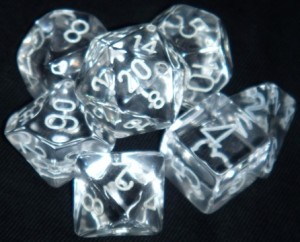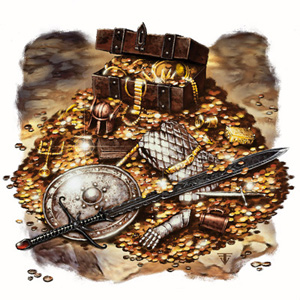Pay attention players, your spot in the initiative order is not set in stone. Players get so excited when it’s their turn all they want to do is attack. Many players forget, or don’t even know, that they can wait and hold their action whenever they want to. There’s nothing in the rules that says you must go when your turn in the initiative comes up. If more players took this to heart, combat encounters could be a lot more exciting and in some cases a lot faster.
Once combat is in full swing players should talk to each other in-character (assuming that PCs can actually hear one and other and don’t care if they’re overheard). As the battle unfolds situations will arise where some PCs will see an opportunity to shine. It might be a chance to inflict a lot of damage, it might be a chance to push an opponent off a cliff or it might be a chance for the defender to mark everyone with a close burst attack. As soon as you see this golden opportunity let everyone know. By announcing what you want to do the other players can act accordingly and delay as necessary. Remember that the party is a team, not a bunch of individuals all trying to steal the spotlight. By defeating the monsters quickly and efficiently the battle ends faster which is a win for everyone.


